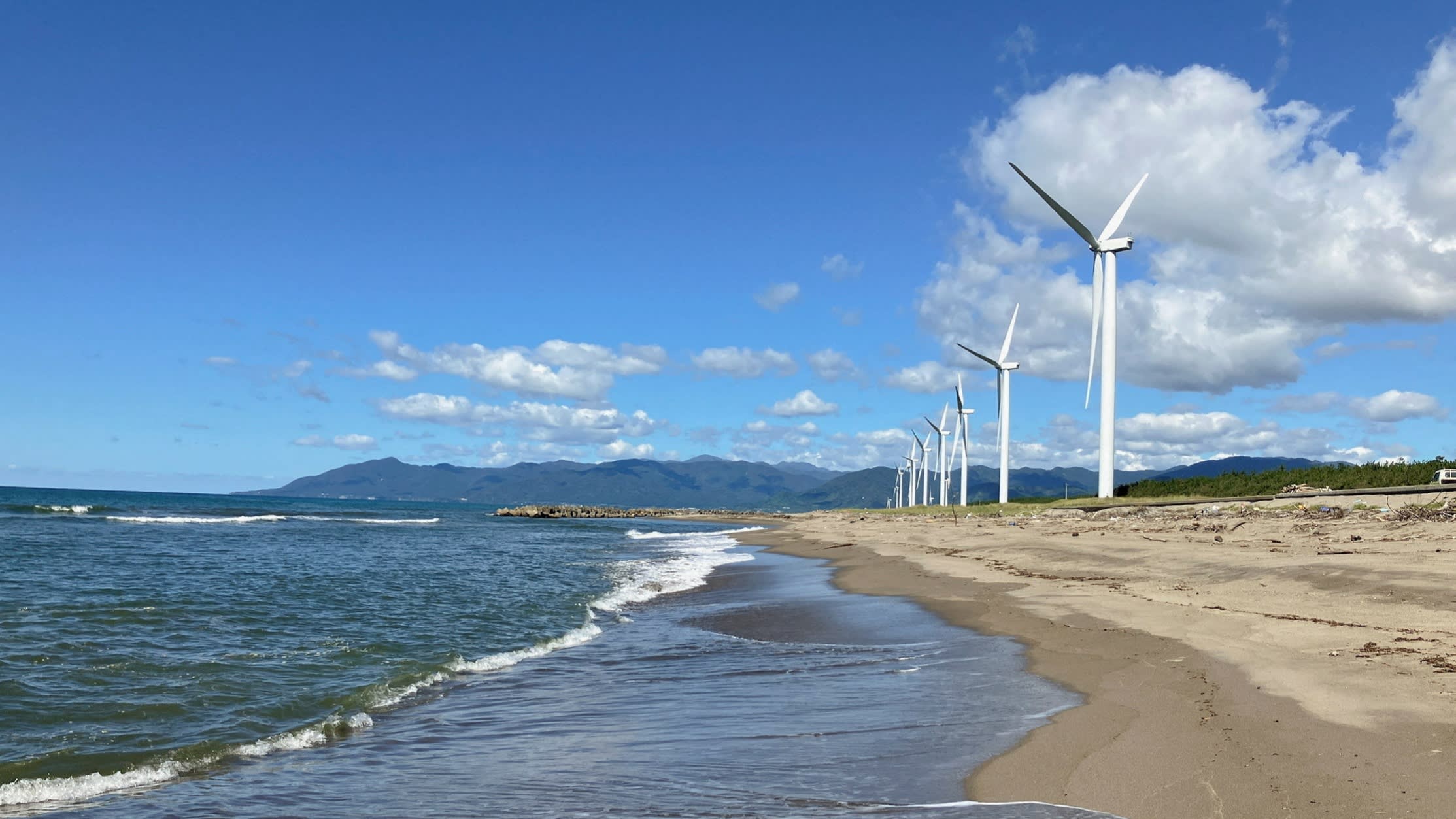
Unlock the Editor’s Digest for free
Roula Khalaf, Editor of the FT, selects her favourite stories in this weekly newsletter.
Mitsubishi Corporation has blamed high turbine costs for its withdrawal from three major offshore wind projects in Japan, in a retreat that marks a setback for the country’s energy self-sufficiency drive.
Mitsubishi president Katsuya Nakanishi singled out price increases by turbine manufacturers as the biggest factor behind cost pressures. The wind farms were to provide 1.7 gigawatts of electricity, enough to power about 1.5mn homes.
“In Europe, as offshore wind expanded rapidly, competition to develop new models intensified. More and more new series of turbines with higher output were being launched,” said Nakanishi. “As multiple projects started up in parallel, supply chain disruptions hit.”
The projects were part of a push by Japan to adopt more renewable power and were the government’s first public auction for an offshore wind power project. GE Vernova, General Electric’s former power business formed after the conglomerate’s break-up, was selected to supply turbines to the Mitsubishi projects.
The company’s withdrawal comes just days after shares in Ørsted, the world’s biggest offshore wind company, hit a record low after US President Donald Trump halted its almost complete $1.5bn Revolution Wind project.
Japan’s offshore wind adoption has been more challenging than other nations because of frequent typhoons and the deep seabed around the country, which requires different floating offshore wind technology.
In 2021, Mitsubishi and C-Tech, a consortium partner that is part of Chubu Electric, offered a bid significantly lower than competitors. However, since then, costs have more than doubled, Nakanishi said on Wednesday.
“Since we’re in a situation where even doubling the price would not make the project profitable, we reached the limit,” he said.
GE Vernova did not immediately respond to a request for comment.
The Japanese government attempted to help Mitsubishi, which took a ¥52.2bn ($353mn) impairment charge on the projects in February, by proposing to retroactively change the rules to allow it to receive higher power prices.
But even with the state’s offer, the companies have decided to withdraw from the projects, two of which are located near the northern prefecture of Akita and the third off of Chiba prefecture to the east of Tokyo.
Yasushi Ninomiya, executive researcher at the Institute of Energy Economics, Japan, said the withdrawal had a “huge impact” on Japan’s energy security. He added that Japan was “in a weak position without any domestic wind [turbine] manufacturers”.
Japan aims to source between 4 and 8 per cent of its total electricity from wind power by 2040, up from 1.1 per cent last year, according to government plans. The government had conducted a second round of offshore wind energy auctions in 2023.



